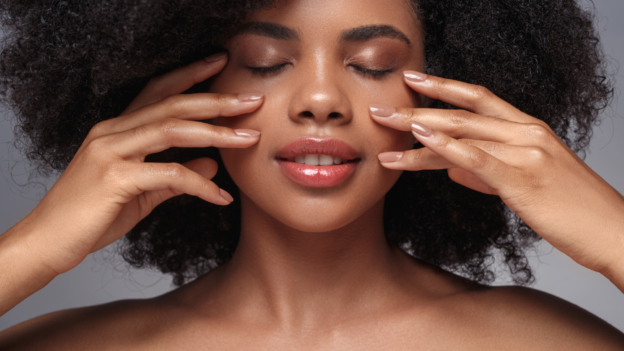One of the currently trending phrases in cosmetics is “clean beauty”. Customers are drawn to the idea of something which is “clean”; it gives them a sense of being healthy, and safe. If you would like to begin exploring this area of cosmetics, there are several key points to keep in mind, because it is going to require extra work on your part.
The central definitions of clean beauty, in my opinion, are transparency, sustainability, and safety. However, since the term is not regulated, the definition can be broad and subjective, depending on who you ask. While you should always seek legal guidance when making claims on your product marketing text, these principles will go a long way to defining your company as a “clean” brand.
Point #1: Transparency in Ingredients.
Clean Beauty focuses on using ingredients that are as safe and non-toxic as possible. This doesn’t mean using “natural” or “organic” ingredients; synthetic ingredients can be perfectly safe, and natural ingredients can be toxic. You need to understand what you’re putting in your formulations, and then be upfront and honest with your customers. Tell them about your ingredients. You should take pride in the components that you’ve selected! You want to be completely open and transparent about what ingredients you use, and why; make sure that every ingredient has a purpose, and that your customers understand that purpose.

Don’t fall for the trap of avoiding complex, “chemical-sounding” names. Molecules don’t know what we call them, they’re just out there, doing their thing. Many additives can sound intimidating, but turn out to be perfectly safe and beneficial. As an example, seeing the word “Tocopherol” might be scary for some customers, but it’s just a type of Vitamin E. We have no control over what ingredient names are assigned to various chemicals, and a “scary” name has no connection to the toxicity of an ingredient. You should devote some of your customer outreach to introducing them to ingredients. “In this product, we use tocopherol; let’s talk about it. What is it, where does it come from, and why do we use it?”. Even simple gestures like this can ease your customer’s minds and help them to understand your mindset. You, in turn, must become knowledgeable about the ingredients you use so that you can correctly introduce them to your customers.
Point #2: Sustainability.
The idea of “clean beauty” goes beyond the simple formulation on paper. We have to move the camera back and look at the entire life cycle of the product. Where do you source your raw materials? What manufacturing processes do you use? How are the ingredients handled? For clean beauty, you should make an effort to source ingredients in an ethical fashion. Avoid using ingredients that are not sustainable. Also, think about the concept of your product. Is there any way you can reduce water usage, maybe by making a concentrated product? How can you cut down on the amount of packaging material, and what can you do to use more eco-friendly packaging? Can you refill the container? If not, will the container biodegrade once the customer throws it away? These types of decisions should be made first so that the formula that you then design reflects all of these decisions.
Point #3: Safety.
This is the most important aspect of clean beauty. The product should be safe, not just for the consumer but for the planet. This means avoiding ingredients that are known to be problematic for the skin and choosing ingredients that will not harm the environment. Do your ingredients biodegrade, or will they persist and accumulate in the manner of microplastics? You want your clean beauty products to have minimal, ideally zero, negative impact on the customer’s health and the health of our surroundings. As an example, a common sunscreen ingredient (oxybenzone) is known to persist in the water supply, eventually harming coral reefs. EDTA, a common chelating agent, doesn’t biodegrade and once in the groundwater, can help to mobilize deposits of heavy metals that would otherwise not have contaminated anything. You really have to consider each ingredient carefully and critically, so that only after a thorough investigation, do you finally stamp it “approved” for use in your clean beauty projects.
Practicing clean beauty formulation means that you must spend time learning about consumer education, supply chains, ethical sourcing, water contamination, and environmental impact. It’s not for everyone, and you should consider carefully whether the extra effort is justified by your brand philosophy and the concerns of your customers. I encourage you to embrace it. We can help people feel better about themselves and their appearance without leaving a trace and without hurting anything if we try hard enough!

